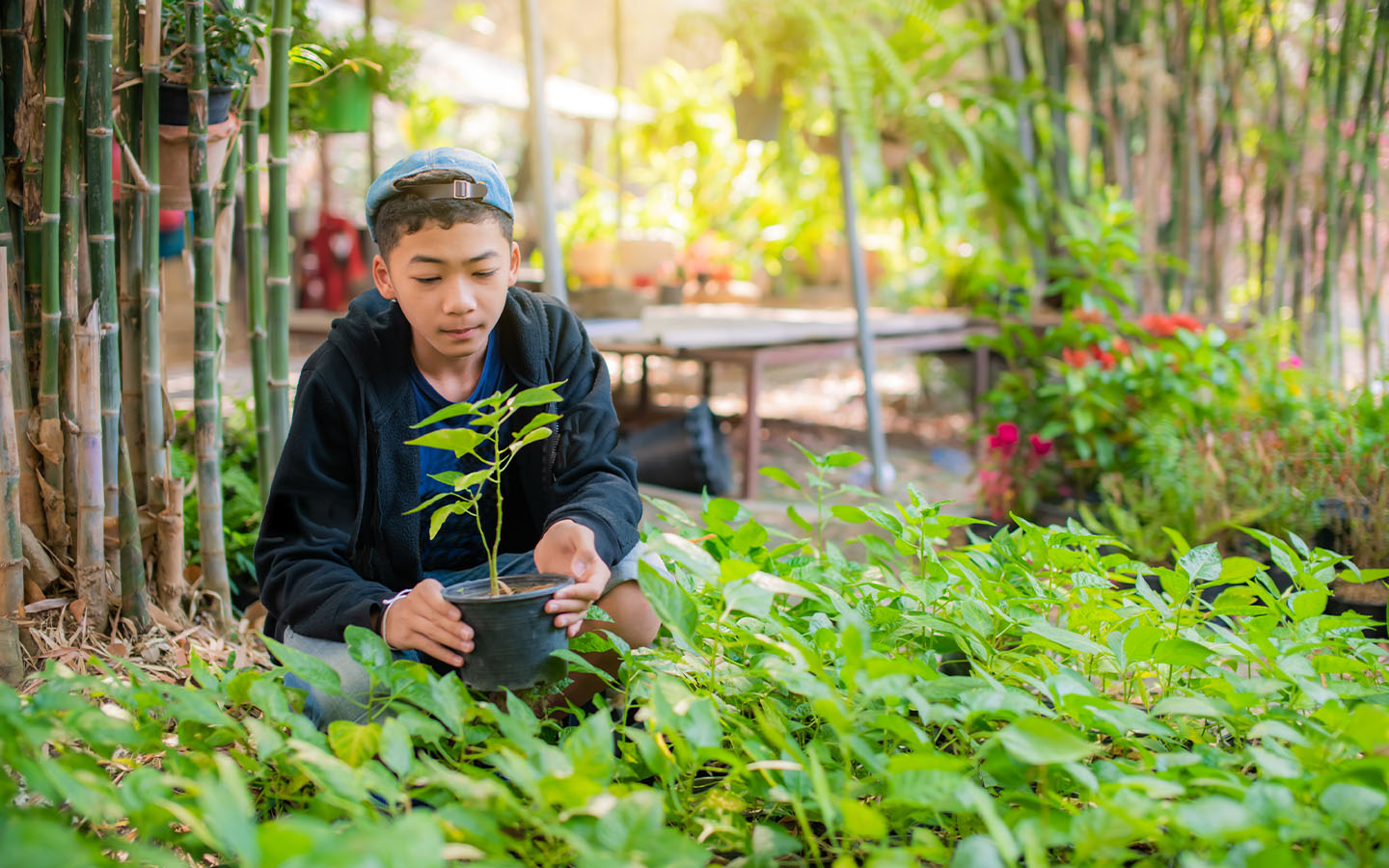A new study published in the journal Biological Psychiatry reveals how exposure to nature can transform teenage brains, benefitting everything from learning capacity to motor function at a key point in development.
While previous research has established the positive influence of such exposure on mental health and cognition, this study is the first to examine how it influences structural neurodevelopmental trajectories and test whether these trajectories explain the mechanism underpinning the relationship between the exposure and positive academic or mental health outcomes. The results were striking.
“We found green space exposure to be associated with brain structural changes at both whole-brain and regional-brain levels,” co-lead investigator Qingyang Li, at the Neuroimaging Department at the Institute of Psychology, Psychiatry & Neuroscience at King’s College London, told News Medical. Li noted that these improvements in academic and mental health outcomes from green space exposure persisted even among teens in disadvantaged households and neighbourhoods.
Li’s co-lead investigator and colleague at King’s College London, Divyangana Rakesh, explained that, with the world rapidly urbanising, their study offers policymakers insights on how greener urban planning can help support human development. For children and teens, he noted, integrating green spaces into school settings and urban environments could be an important tool for addressing the rising incidence of mental health challenges.
[See more: Spending time in nature is just as effective as conventional mental health therapies]
Investigators drew on a sample of 7,373 children from across the US, using a combination of data sources to determine the residential green space, socioeconomic status, mental health and academic performance of participants, as well as neuroimaging to examine associations between green space exposure and brain structure at a given point in time and its trajectory over time. By documenting changes, these measurements were able to reveal the mechanisms or processes that explained why exposure was beneficial.
According to the researchers, green space exposure is associated with greater total surface area and cortical volume, greater cortical thickness in temporal regions and the insula, lower thickness in the caudal middle frontal and superior frontal gyri, greater SA across several regions, and greater volume of the caudate nucleus, putamen, and nucleus accumbens.
In analyses studying change in brain structure over time, higher green space exposure was associated with greater growth of total surface area, lower average thickness reduction, and reduced total cortical volume growth as well as changes at the regional level.
All of that translates to a brain better able to process and retain information, learn in different ways, control movement and motor processes, and perform the wide array of basic cognitive processes needed for executive function – the ability to plan, focus attention, switch focus and juggle tasks. “We tend to focus on the detrimental effects and negative aspects of our environment,” reflected John Krystal, editor of Biological Psychiatry, the journal that published the study. “It is equally important to highlight exposure to green spaces and other positive environments and their contributions to human thriving and resilience.”






